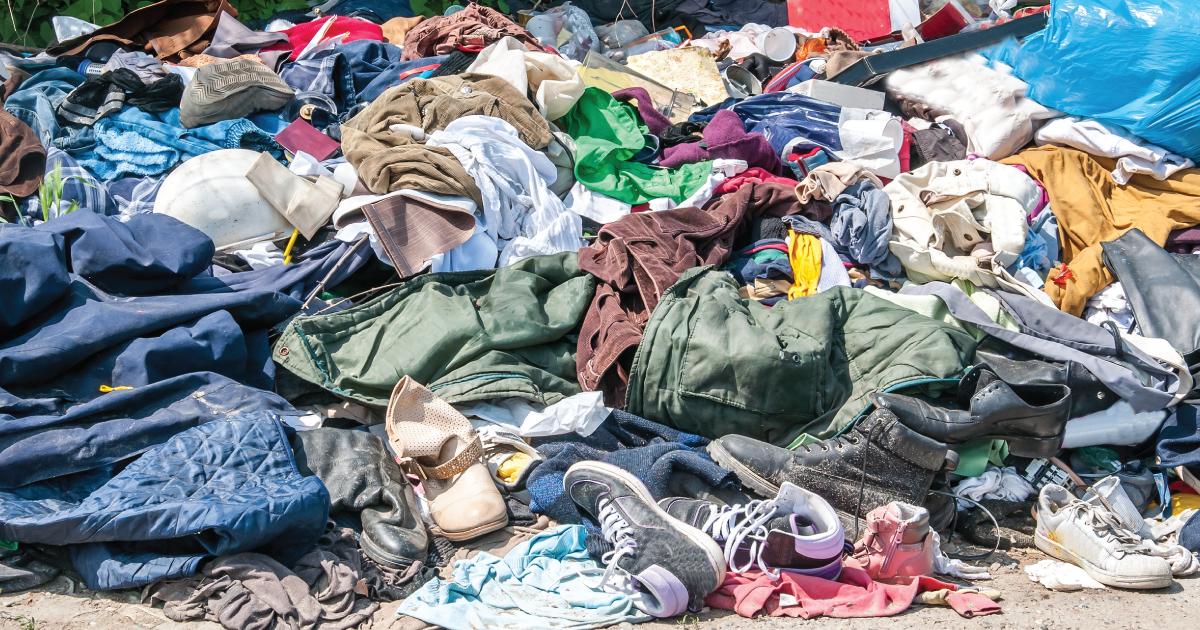
Exposing the Dirty Business Behind the Designer Label
Even before it gets worn once, that new T-shirt you bought is already dirtier than you can imagine. It’s soaked through with toxic waste, factory smog and plastic debris—all of which is likely just a few spin cycles away from an incinerator, or maybe a landfill halfway around the world.
May 19, 2019 | Source: Truthout | by Michelle Chen
Even before it gets worn once, that new T-shirt you bought is already dirtier than you can imagine. It’s soaked through with toxic waste, factory smog and plastic debris—all of which is likely just a few spin cycles away from an incinerator, or maybe a landfill halfway around the world. Our obsession with style rivals our hunger for oil, making fashion the world’s second-most polluting industry after the oil industry.
According to the think tank Ellen MacArthur Foundation (EMF), the majority of fast-fashion products —the hyperactive production and marketing cycle fueled by high-volume, high-speed supply chains, which often bludgeon the environment while driving ultra-cheap retail market —are incinerated or trashed within a year. In the U.S., wasted leather, cloth, rubber and other scraps constitute over 8 percent of the total volume of solid waste. Global clothing consumption averages about 22 pounds annually per person, though the U.S. and Europe each average roughly triple that amount.
